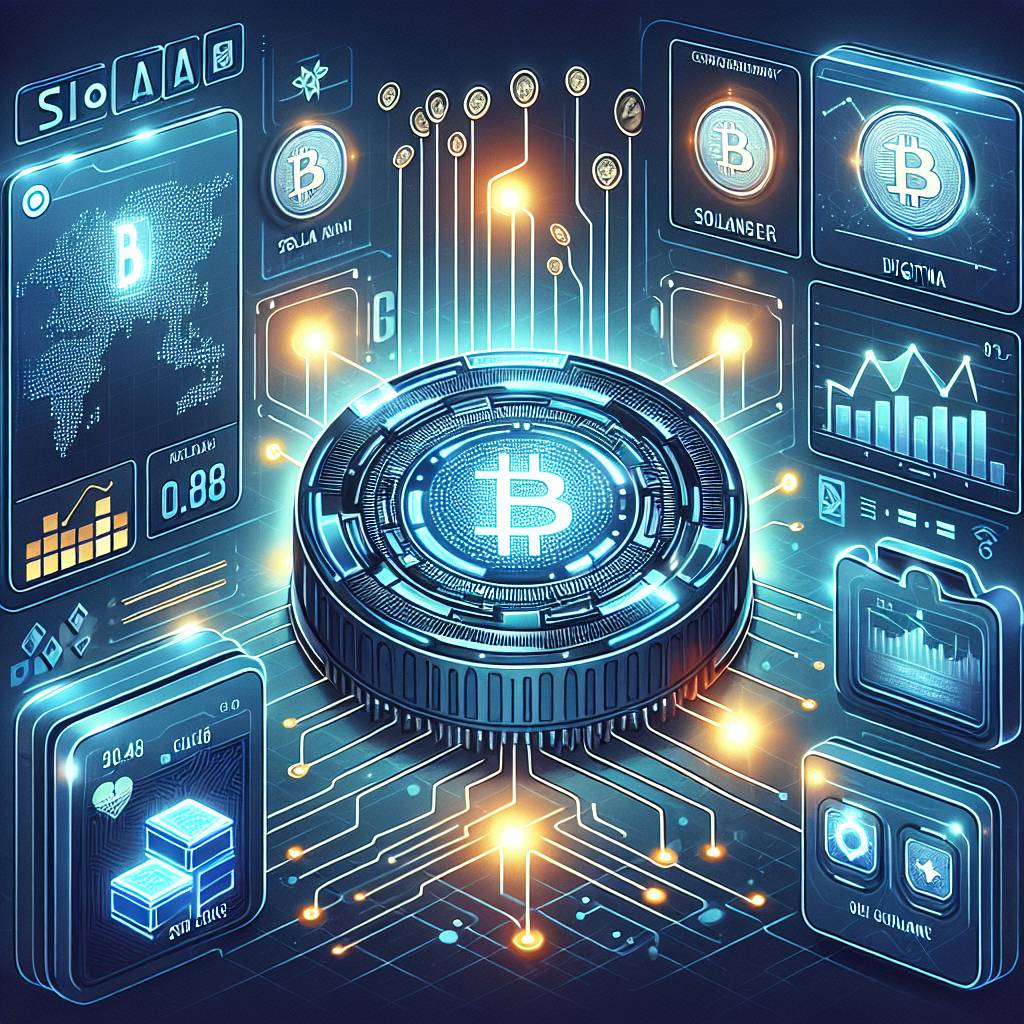How does Solana handle a high number of transactions per second?
Can you explain how Solana is able to handle such a high number of transactions per second?

3 answers
- Solana utilizes a unique consensus mechanism called Proof of History, which allows for fast and secure transaction processing. This mechanism timestamps transactions and creates a historical record, ensuring that the order of transactions is maintained. By using this approach, Solana can handle a high number of transactions per second without sacrificing security or decentralization.
 May 19, 2022 · 3 years ago
May 19, 2022 · 3 years ago - Solana's high transaction throughput is also achieved through its use of a multi-threaded architecture. This allows the network to process multiple transactions simultaneously, significantly increasing the overall transaction capacity. Additionally, Solana leverages a network of validators that work together to validate and confirm transactions, further enhancing the network's scalability and speed.
 May 19, 2022 · 3 years ago
May 19, 2022 · 3 years ago - As an expert in the field, I can tell you that Solana's ability to handle a high number of transactions per second is truly impressive. Its innovative technology and efficient consensus mechanism make it one of the fastest and most scalable blockchain platforms in the industry. Solana's performance is a testament to the advancements being made in the cryptocurrency space, and it's exciting to see how this technology will continue to evolve and revolutionize the way we transact.
 May 19, 2022 · 3 years ago
May 19, 2022 · 3 years ago

Related Tags
Hot Questions
- 94
Are there any special tax rules for crypto investors?
- 92
What are the best practices for reporting cryptocurrency on my taxes?
- 76
What are the tax implications of using cryptocurrency?
- 73
How does cryptocurrency affect my tax return?
- 73
What are the advantages of using cryptocurrency for online transactions?
- 66
How can I protect my digital assets from hackers?
- 52
How can I minimize my tax liability when dealing with cryptocurrencies?
- 45
What is the future of blockchain technology?

